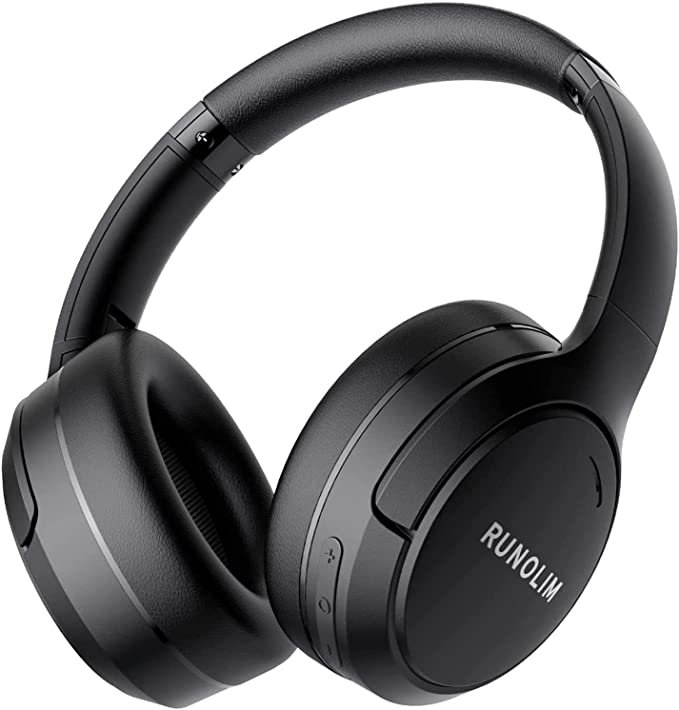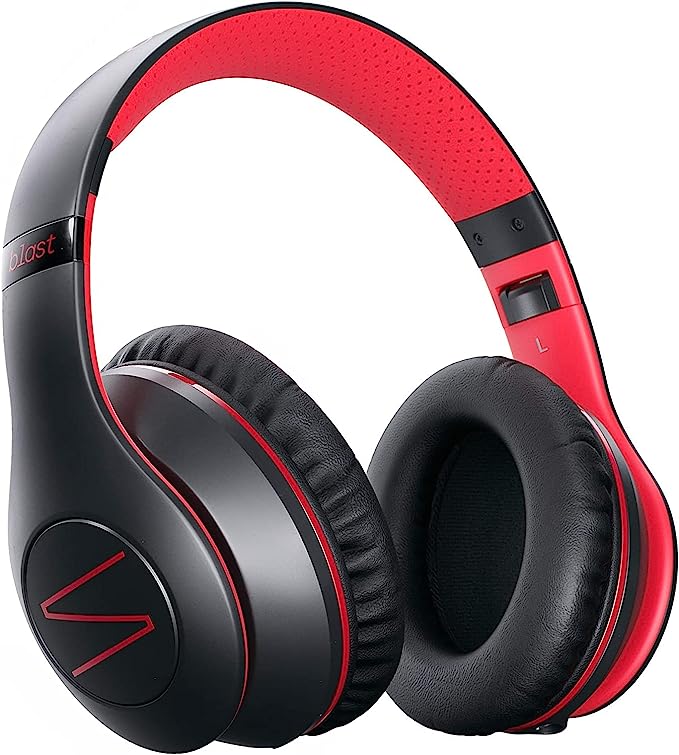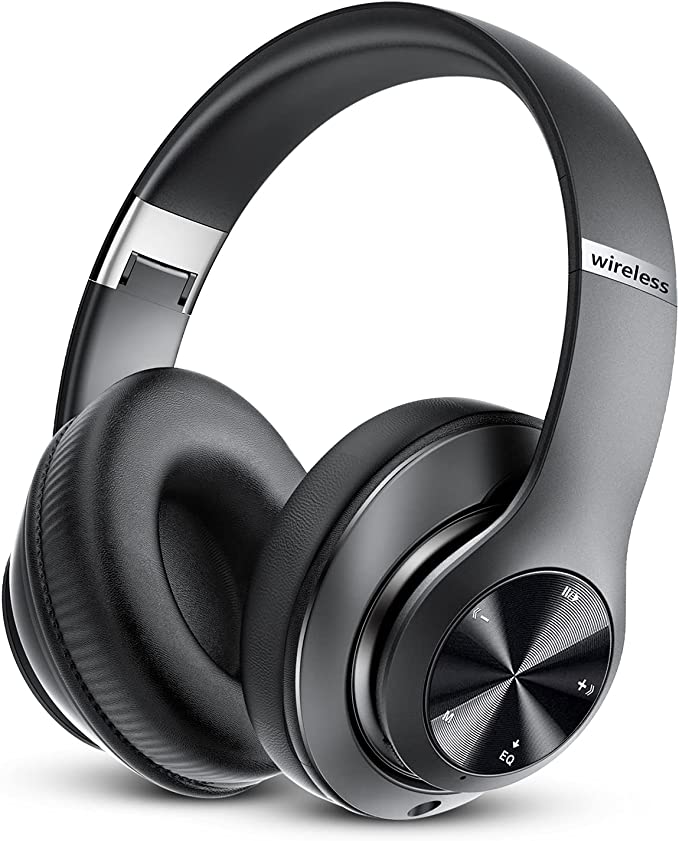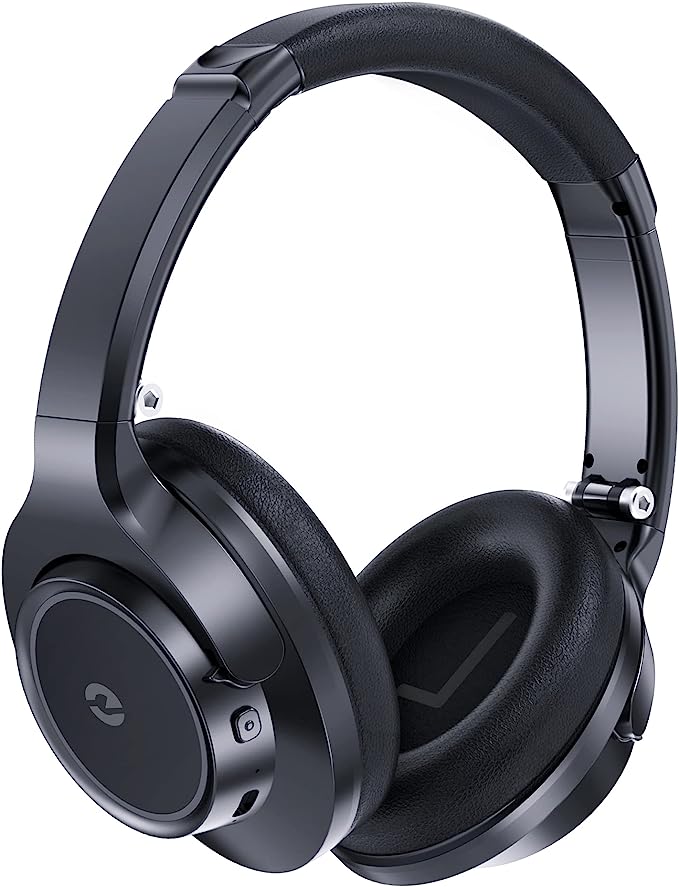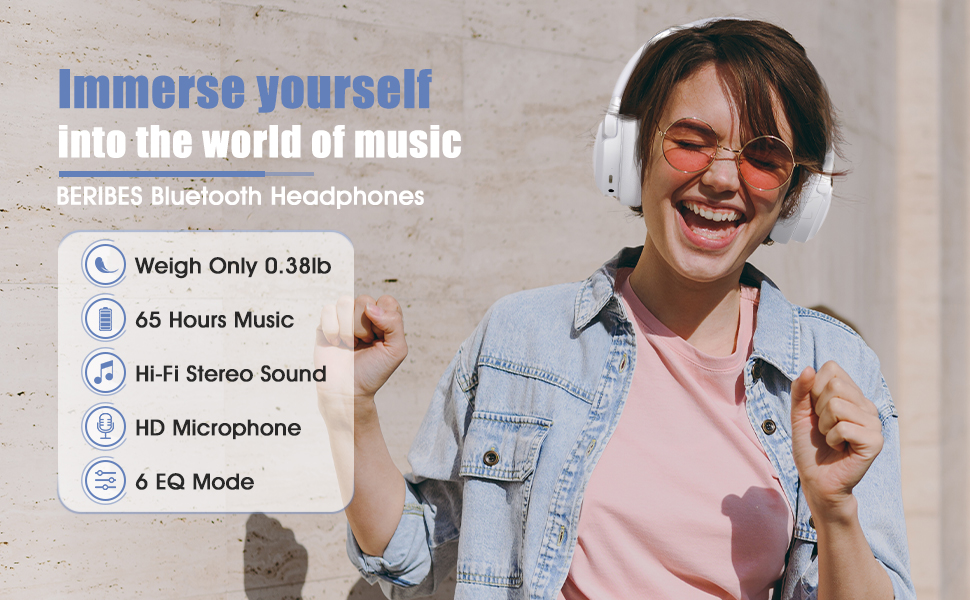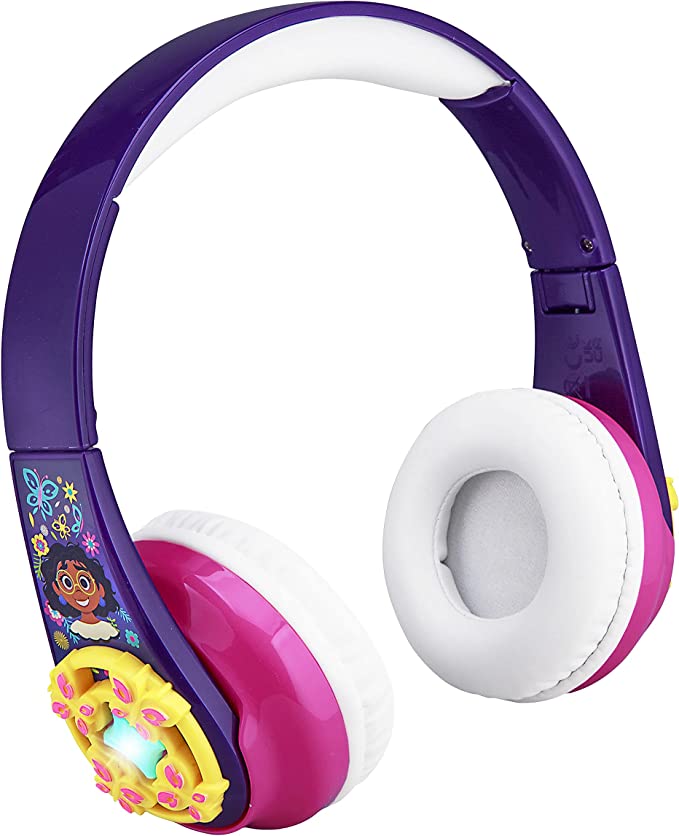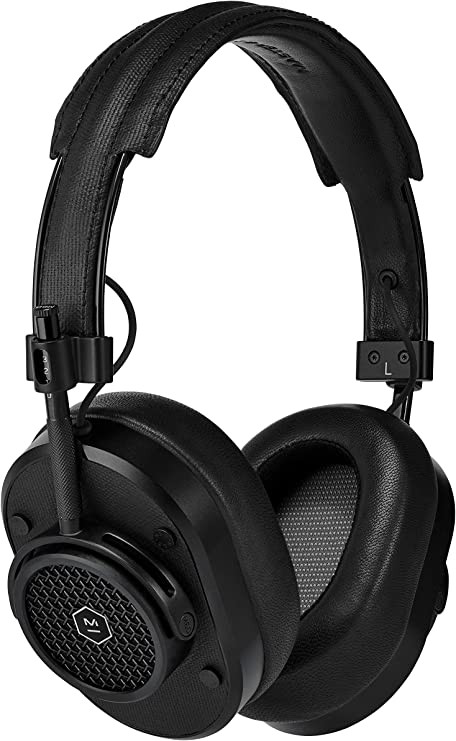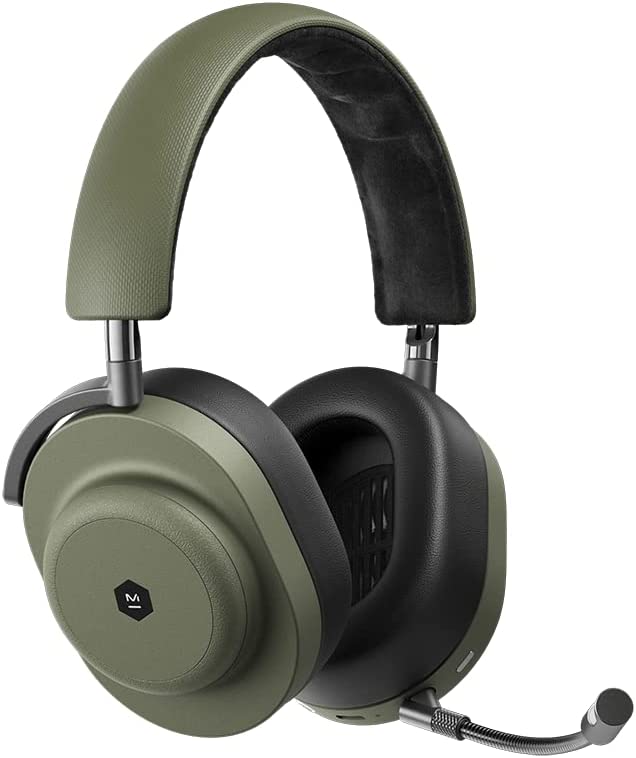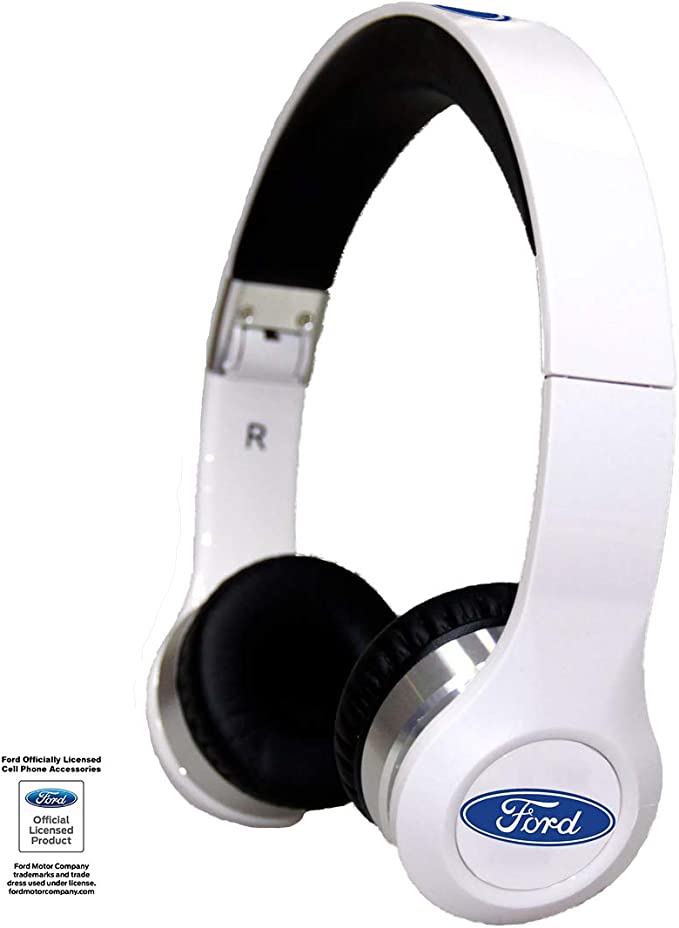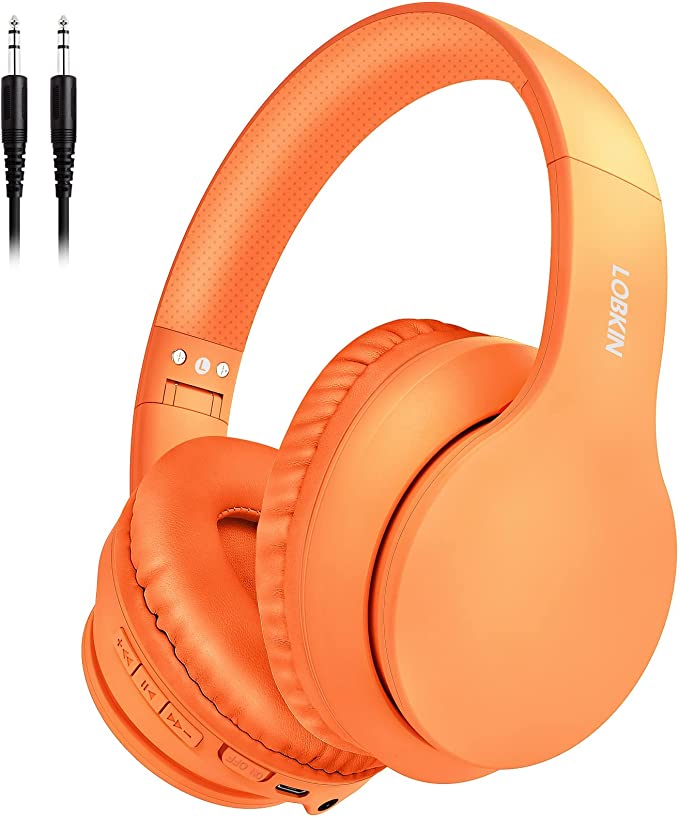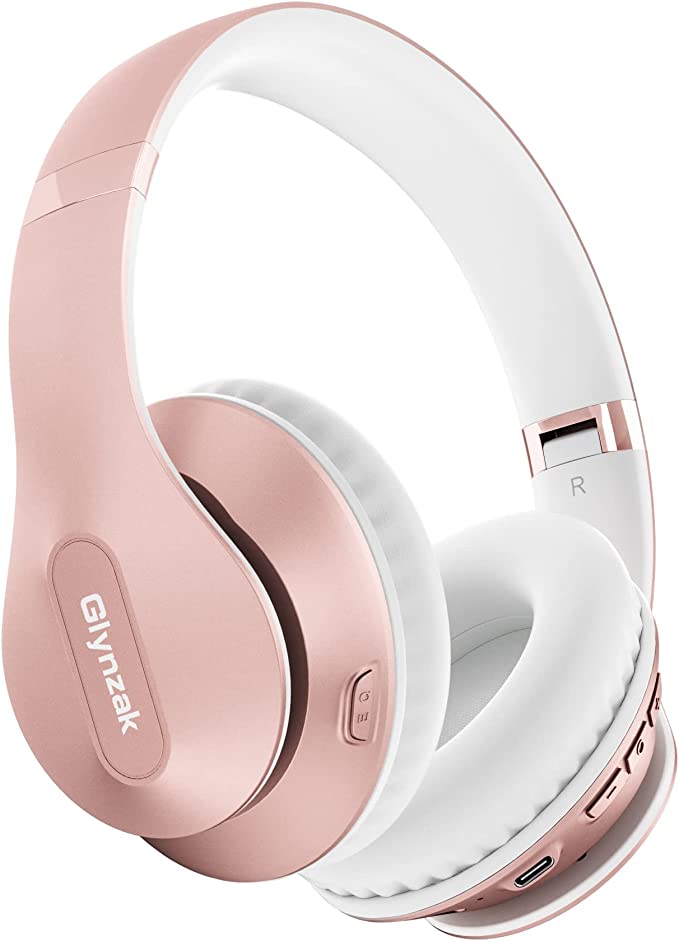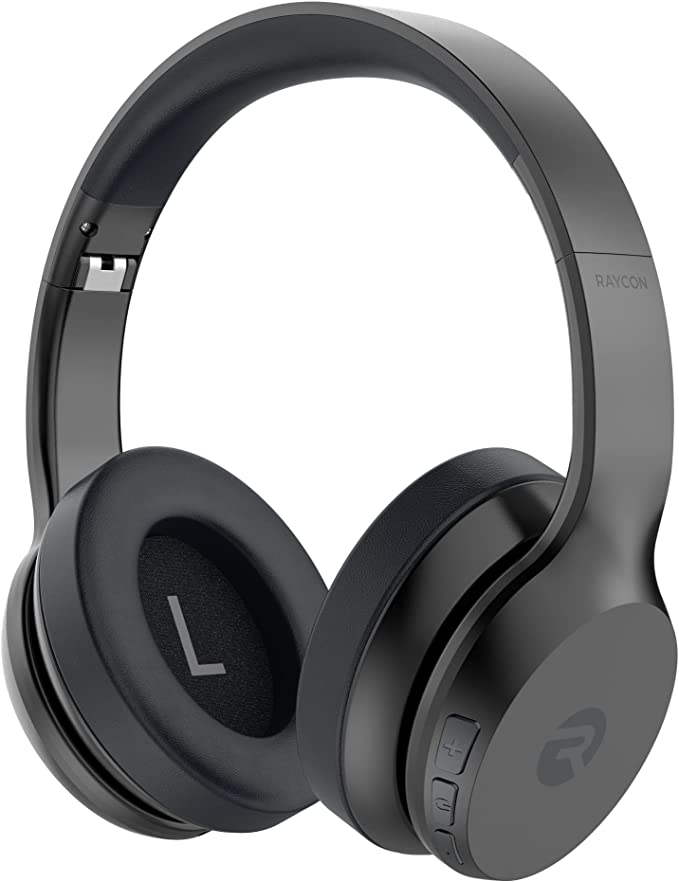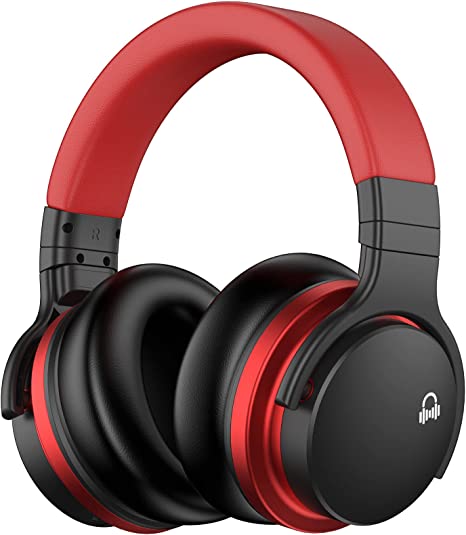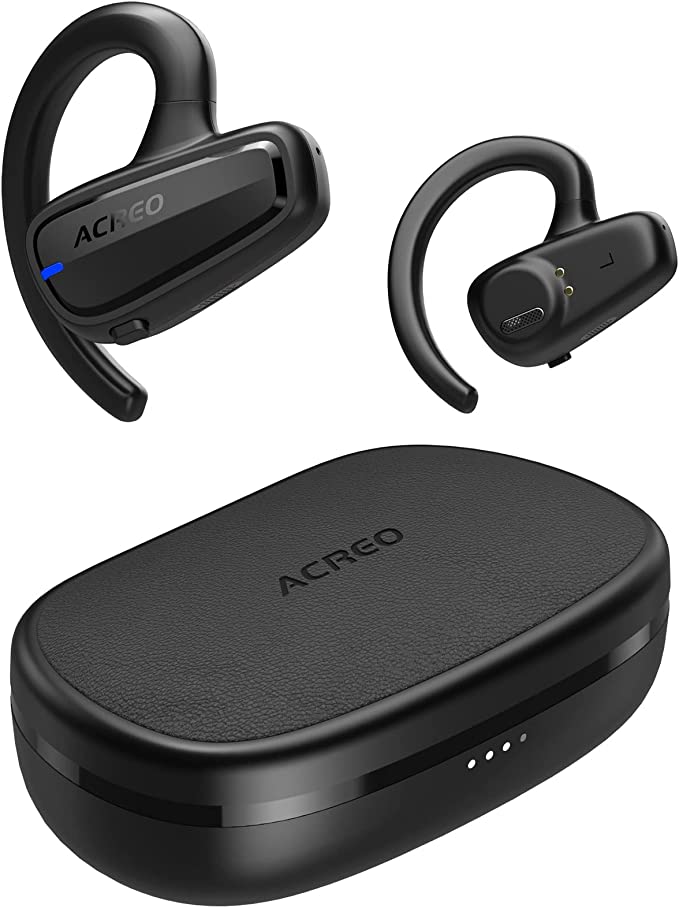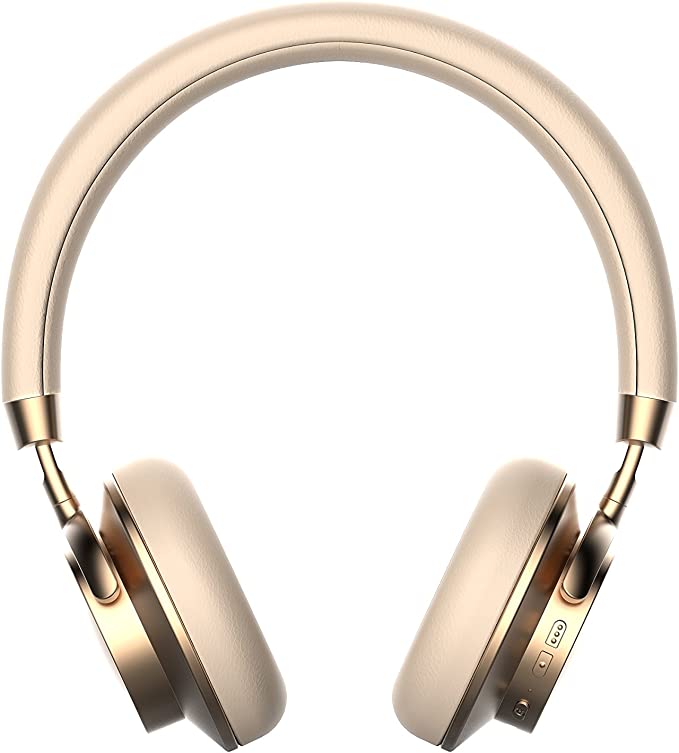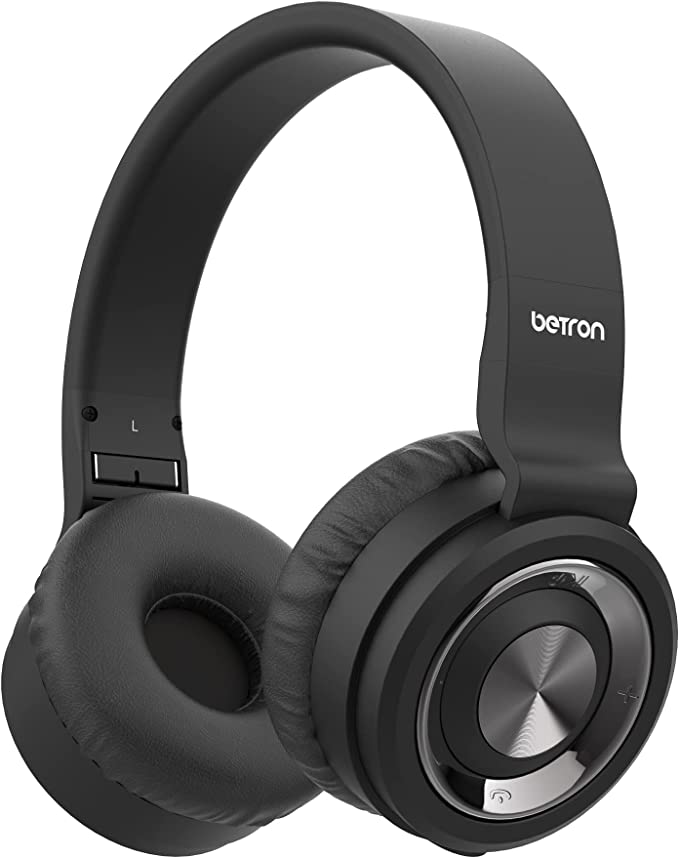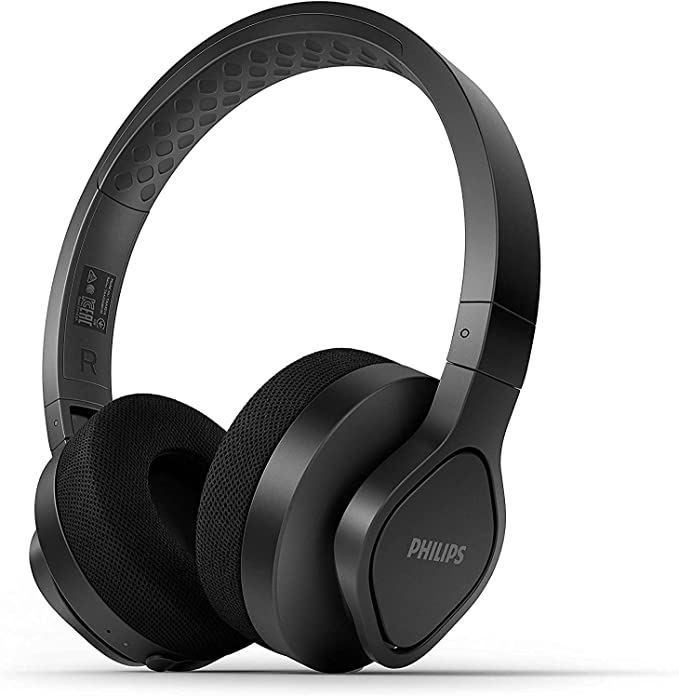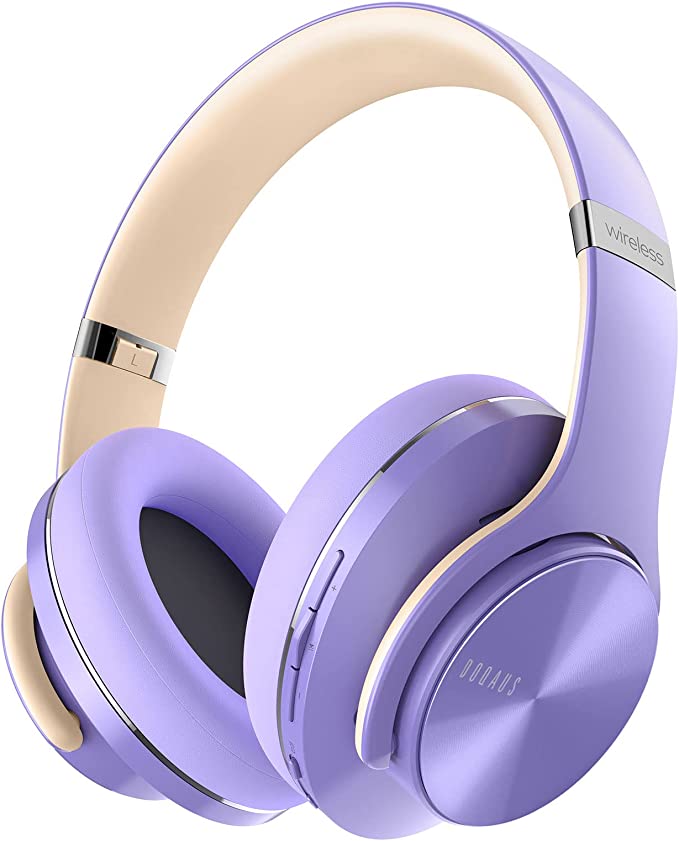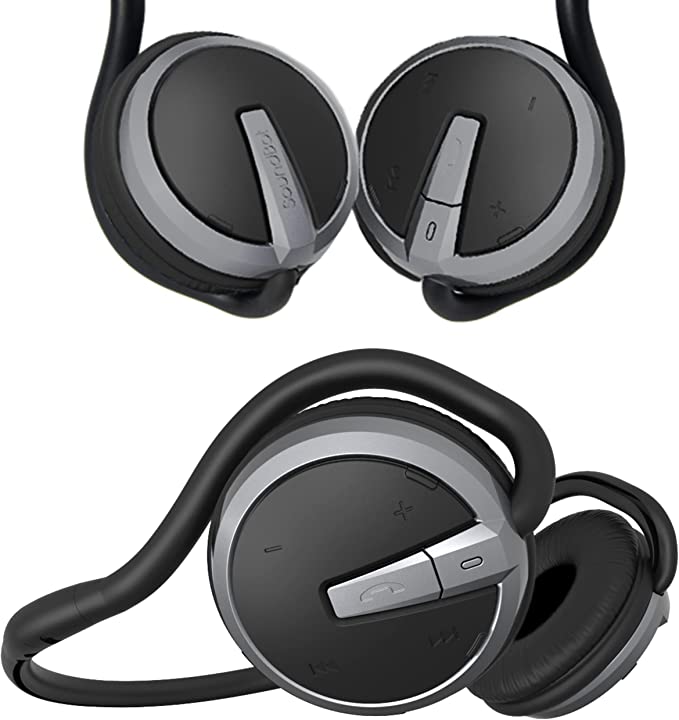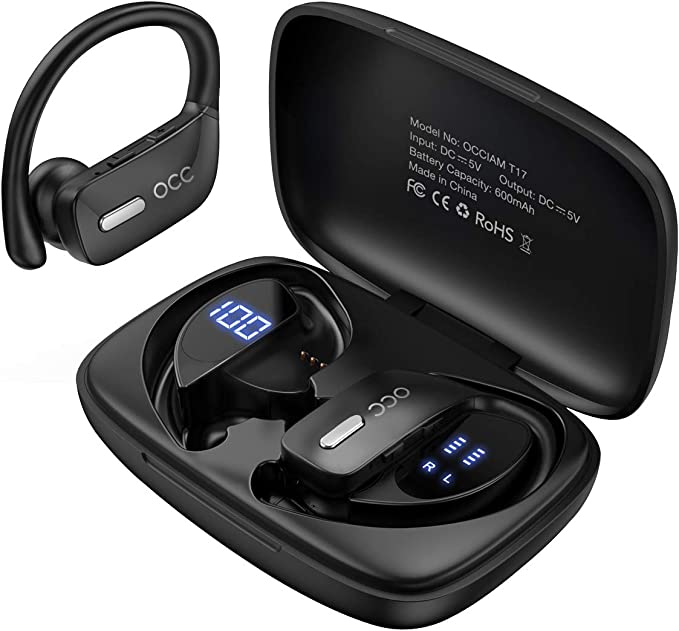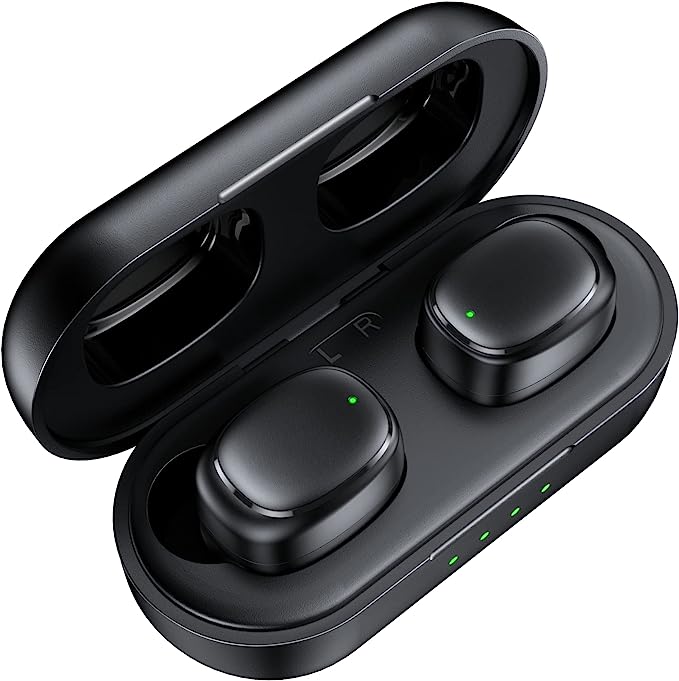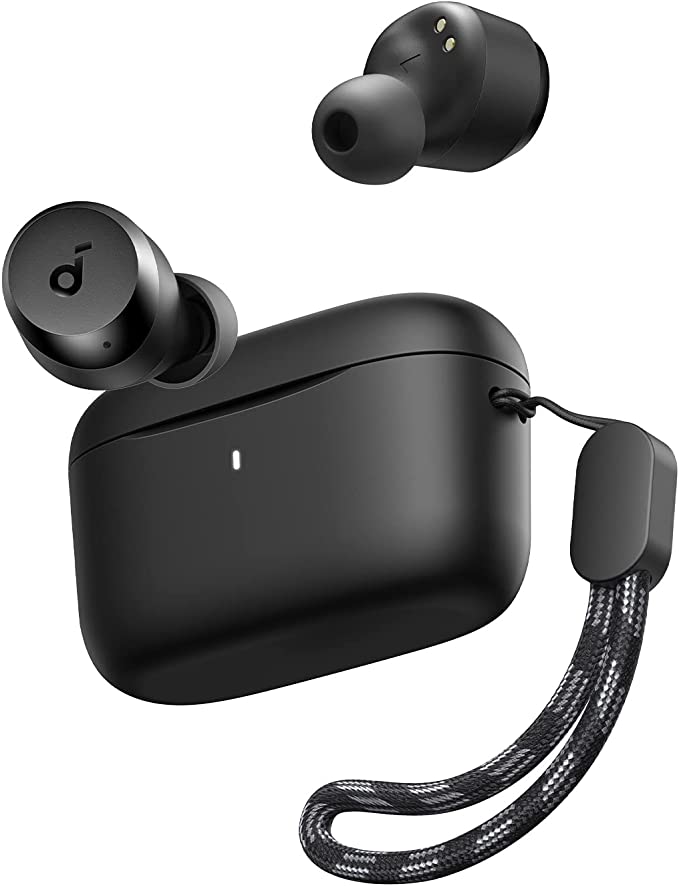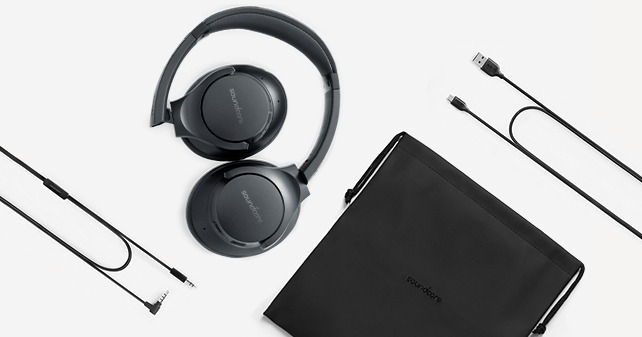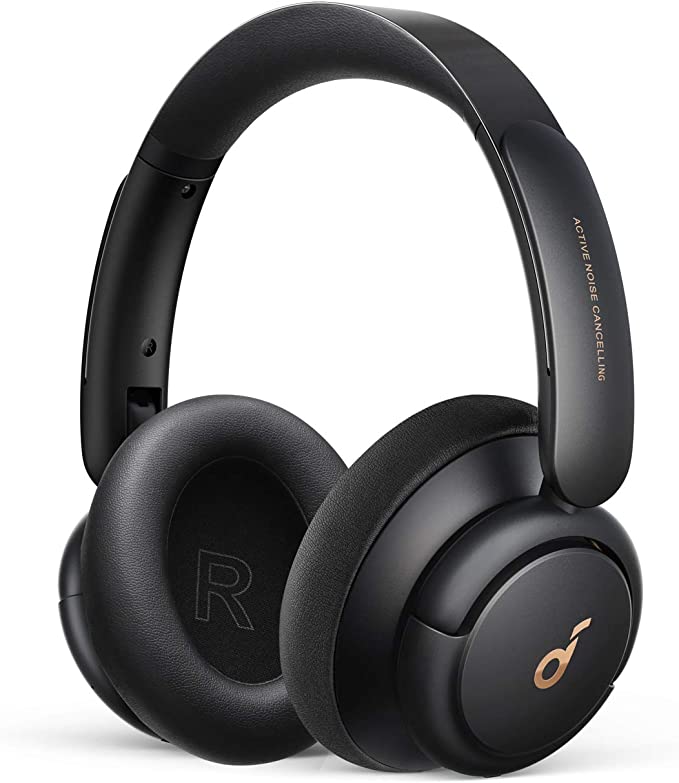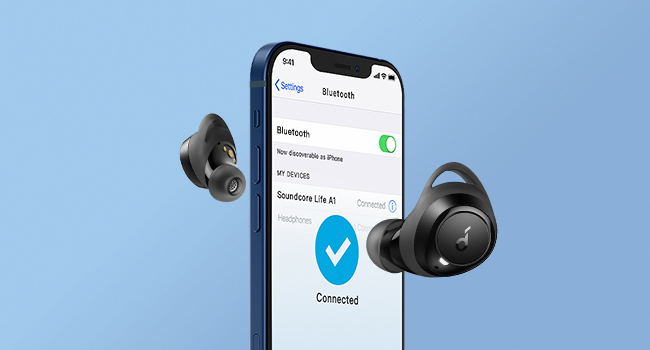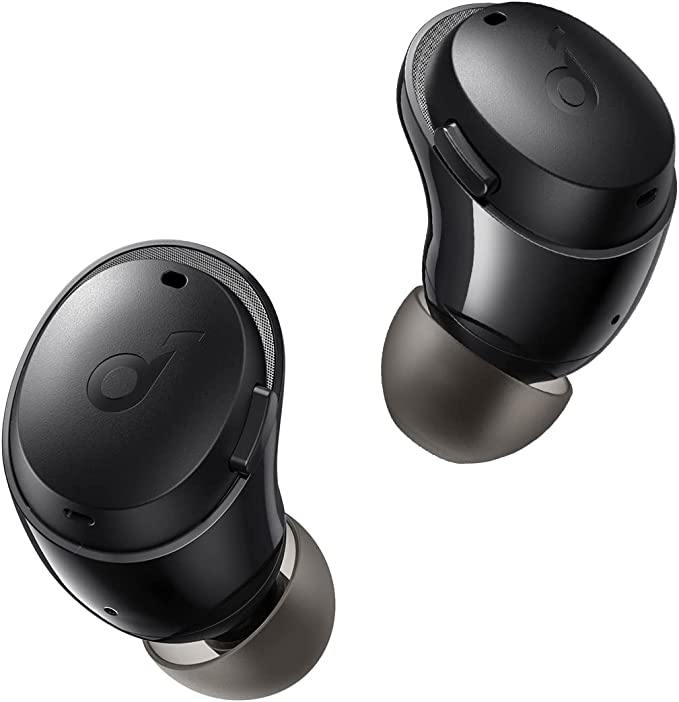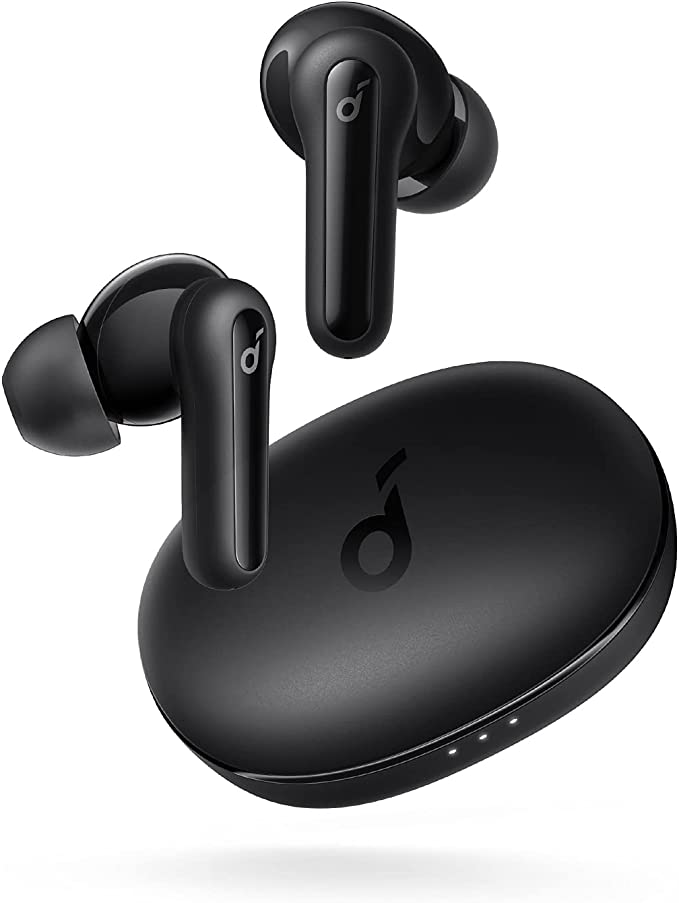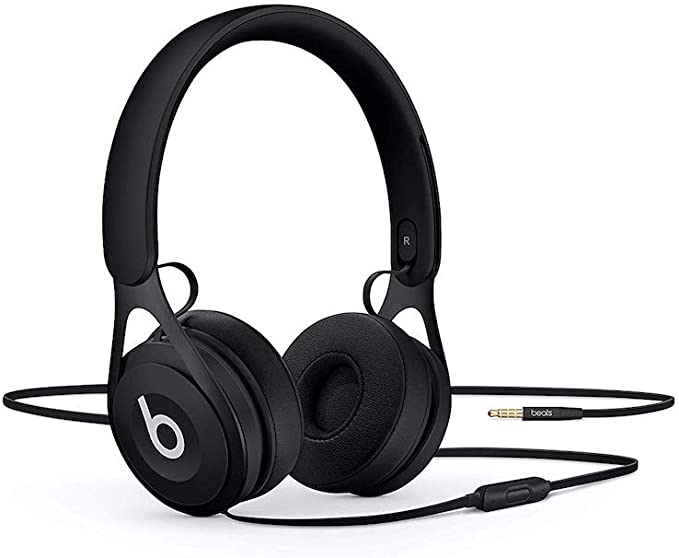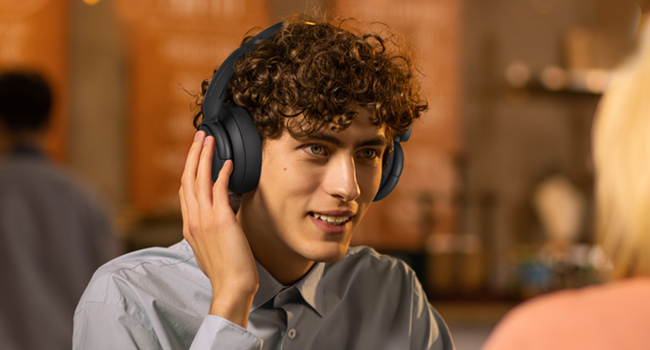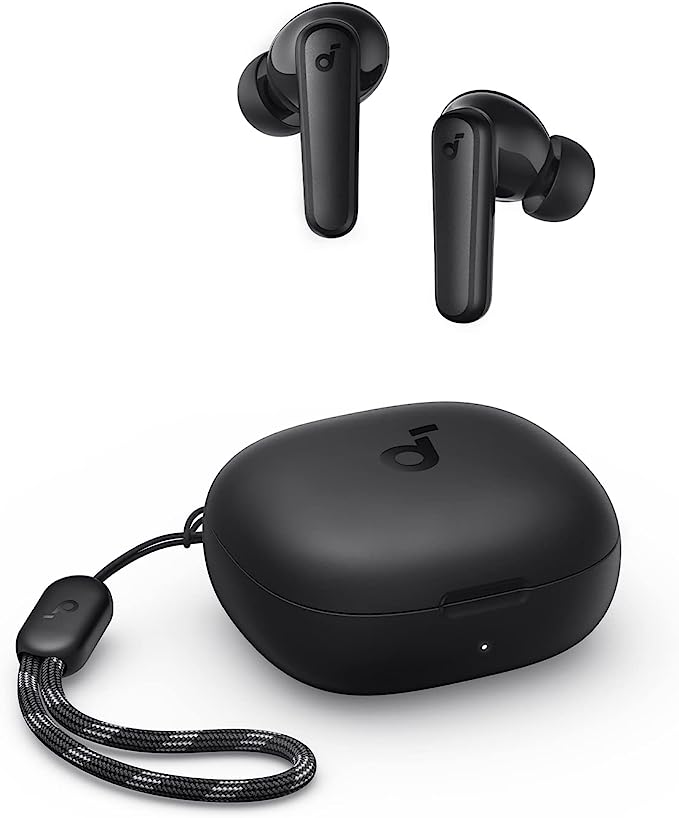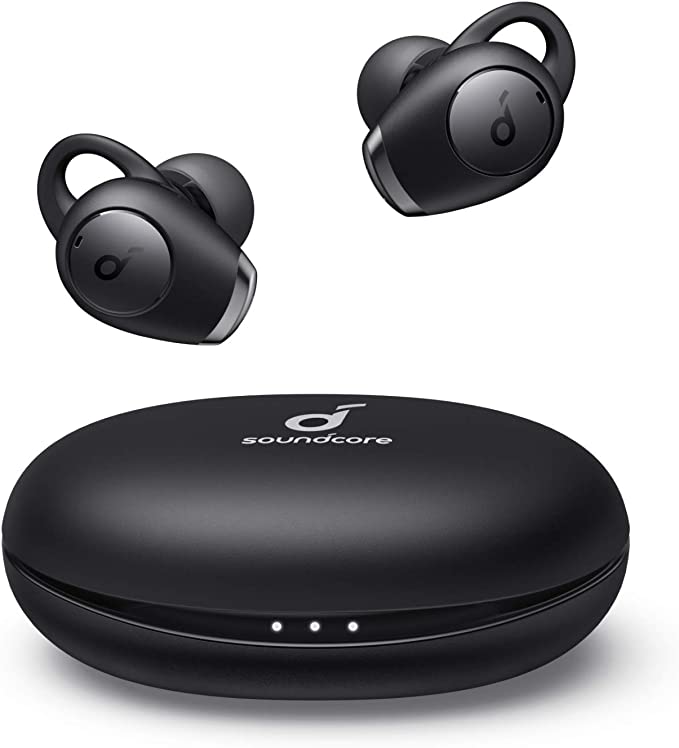AUSDOM AE7 Headphones: Silence the World with Advanced Noise Cancellation
Update on Feb. 19, 2025, 8:35 a.m.
We live in a world saturated with sound. From the gentle hum of a refrigerator to the roar of city traffic, our ears are constantly processing a cacophony of vibrations. While some sounds are pleasant and even necessary, others – often referred to as noise – can be disruptive, stressful, and even detrimental to our health. But what if we could selectively filter out those unwanted sounds, creating a personal oasis of calm amidst the chaos? Thanks to the magic of active noise cancellation (ANC), we can.

A World of Noise
Noise pollution isn’t just an annoyance; it’s a genuine problem. Studies have linked prolonged exposure to noise to increased stress levels, sleep disturbances, and even cardiovascular issues. Whether it’s the drone of an airplane engine during a long flight, the incessant chatter in an open-plan office, or the rumble of a train on your daily commute, unwanted noise can significantly impact our focus, productivity, and overall well-being.
The Sound of Science: Understanding Sound Waves
To understand how ANC works, we first need to grasp the fundamentals of sound. Sound is essentially energy that travels in waves, created by vibrations. When an object vibrates – say, a guitar string or a loudspeaker diaphragm – it causes the surrounding air molecules to vibrate as well. These vibrations propagate through the air as waves, eventually reaching our ears, where they’re interpreted as sound.
These sound waves have several key characteristics:
- Frequency: This refers to the number of vibrations per second, measured in Hertz (Hz). Higher frequency means a higher-pitched sound (like a whistle), while lower frequency means a lower-pitched sound (like a bass drum). Humans generally hear sounds between 20 Hz and 20,000 Hz.
- Amplitude: This represents the intensity or loudness of the sound, related to the size of the vibrations. Larger amplitude means a louder sound.
- Wavelength: This is the distance between two successive peaks (or troughs) of a wave. Lower frequencies have longer wavelengths, and higher frequencies have shorter wavelengths. This is crucial to understanding why ANC works better on some frequencies than others.
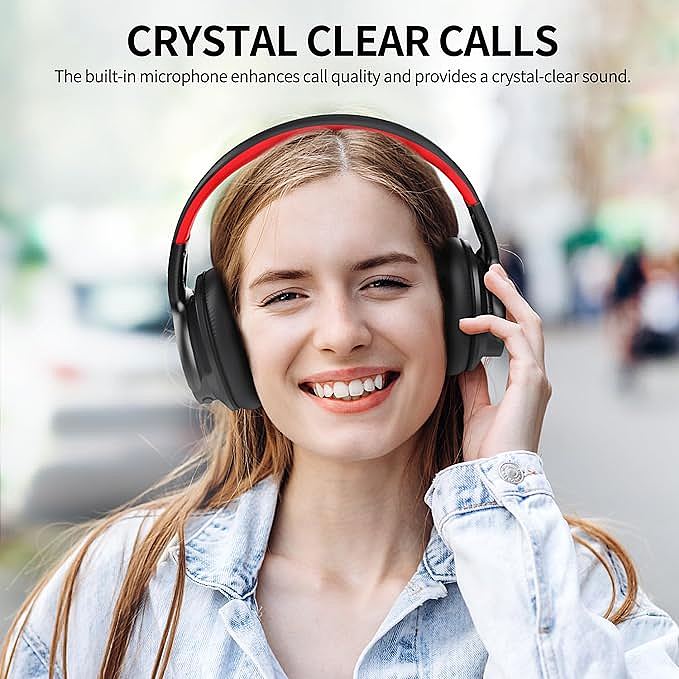
Wave Interference: The Heart of ANC
The core principle behind ANC is wave interference, specifically destructive interference. Imagine two identical sets of waves on the surface of a pond. If the peaks of one set of waves align perfectly with the peaks of the other set (they are “in phase”), they combine to create larger waves – this is constructive interference.
However, if the peaks of one set of waves align with the troughs of the other set (they are “out of phase” by 180 degrees), they effectively cancel each other out. This is destructive interference. Think of it like adding +1 and -1: the result is zero. ANC technology uses this principle to eliminate unwanted noise.
A Brief History of Silence
The concept of noise cancellation isn’t new. The first patent for a noise-canceling system was granted to Paul Lueg, a German physicist, in 1936! His patent described a system to cancel out sound waves in ducts. However, the technology was very rudimentary at the time.
Significant advancements came with the rise of aviation. Pilots, exposed to constant loud engine noise, were prime candidates for hearing damage and fatigue. In the 1950s and 1960s, researchers like Dr. Lawrence J. Fogel began developing active noise control systems for aviation headsets. These early systems were bulky and expensive, but they laid the groundwork for the sophisticated ANC technology we have today. The commercial availability of ANC headphones for consumers really took off in the late 1980s and early 2000s, with companies like Bose leading the way.

Inside the Tech: Types of ANC
There are primarily three types of ANC implementations:
- Feedforward ANC: This system uses external microphones placed on the outside of the earcups to “listen” to the incoming noise. The circuitry then analyzes the noise and generates an anti-noise signal that is played through the headphone speakers. Feedforward systems are generally good at handling predictable, constant noises like the drone of an airplane engine.
- Feedback ANC: This system uses microphones placed inside the earcup, close to the ear. These microphones “hear” what the listener hears, including both the music (or other desired audio) and any remaining noise that has made it past the earcups. The circuitry then adjusts the anti-noise signal to further reduce the noise. Feedback systems are generally better at handling a wider range of noises and adapting to variations in how the headphones are worn.
- Hybrid ANC: As the name suggests, this system combines both feedforward and feedback ANC, using both external and internal microphones. This approach aims to provide the best of both worlds, offering superior noise cancellation across a broader spectrum of frequencies. While the provided information doesn’t specify which method is used, based on description and performance, the AE7 likely employs a hybrid system.

AUSDOM AE7: Your Personal Sound Sanctuary
The AUSDOM AE7 Noise Cancelling Wireless Headphones leverage the power of advanced ANC technology to significantly reduce unwanted ambient noise. The “up to 92% reduction in low and mid-frequency noise” claim highlights its effectiveness in tackling the most common and disruptive sounds.
Think about the low rumble of a bus engine, the hum of an air conditioner, or the general din of a busy cafe. These are precisely the types of sounds the AE7 excels at eliminating. The reason ANC works so well on these lower frequencies is due to their longer wavelengths. It’s easier for the headphones’ microphones and processing circuitry to create an accurate anti-noise wave that effectively cancels out these longer waves.
But the AE7 doesn’t just stop at noise cancellation. It’s a complete audio package designed for comfort and convenience:
- Extended Playtime: With up to 50 hours of battery life in standard mode and 35 hours with ANC enabled, you can enjoy uninterrupted listening for days on a single charge. This is thanks to the efficient power management and the large 1000mAh battery.
- Superior Comfort: The soft memory foam earcups and adjustable headband are designed for extended wear. The 90° swivel earcups also ensure a snug and personalized fit. While some users have reported discomfort after very long periods (10+ hours), this is common with many over-ear headphones and is often dependent on individual head shape and size.
- Crystal-Clear Calls: The built-in microphone, enhanced with Environmental Noise Cancellation (ENC) technology, ensures your voice is heard clearly during calls, even in noisy environments. This is separate from the ANC used for listening; ENC focuses on reducing background noise picked up by the microphone during calls.
- Multipoint Connection: You can connect the AE7 to two devices simultaneously, such as laptop and phone.

Beyond the Silence: The Limitations and Future of ANC
While ANC is a remarkable technology, it’s not a perfect solution. It’s most effective at canceling out constant, low-frequency sounds. Sudden, sharp noises, or higher-frequency sounds (like a baby crying or a high-pitched whistle), are less effectively reduced. This is because their shorter wavelengths are more difficult for the ANC system to quickly analyze and counteract.
The future of ANC is exciting. Researchers are constantly working on improving the technology, aiming for:
- Wider Frequency Range: Expanding the range of frequencies that ANC can effectively cancel, including higher frequencies.
- Adaptive ANC: Developing systems that can automatically adjust to changing noise environments in real-time.
- Personalized ANC: Creating ANC profiles tailored to individual ear shapes and hearing sensitivities.
- Integration with AI: Using artificial intelligence to predict and proactively cancel out noise.
- Lower Power Consumption
The AUSDOM AE7 represents a significant step forward in bringing high-quality noise cancellation to a wider audience. It’s a testament to how far the technology has come since Paul Lueg’s initial patent, transforming our sonic landscape one quiet moment at a time. It offers a powerful tool for anyone seeking to reclaim their focus, reduce stress, and enjoy their audio in a more immersive and peaceful way. By understanding the science behind the silence, we can appreciate the ingenuity and engineering that make it all possible.
